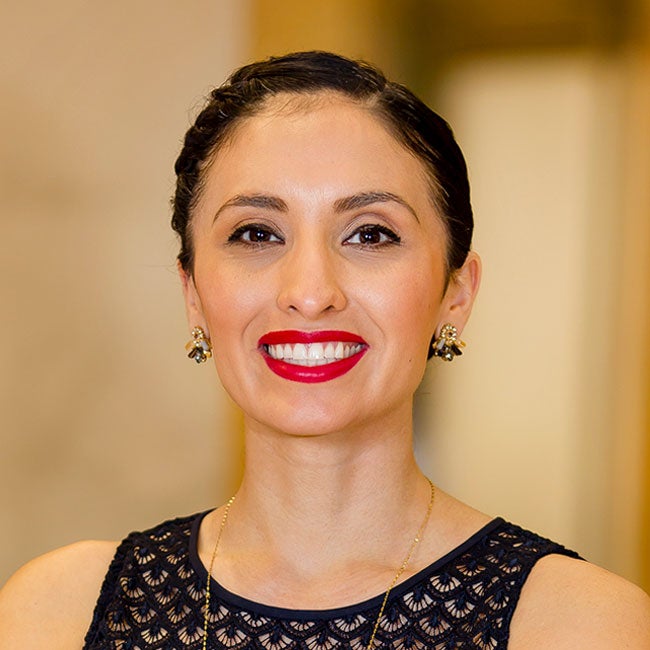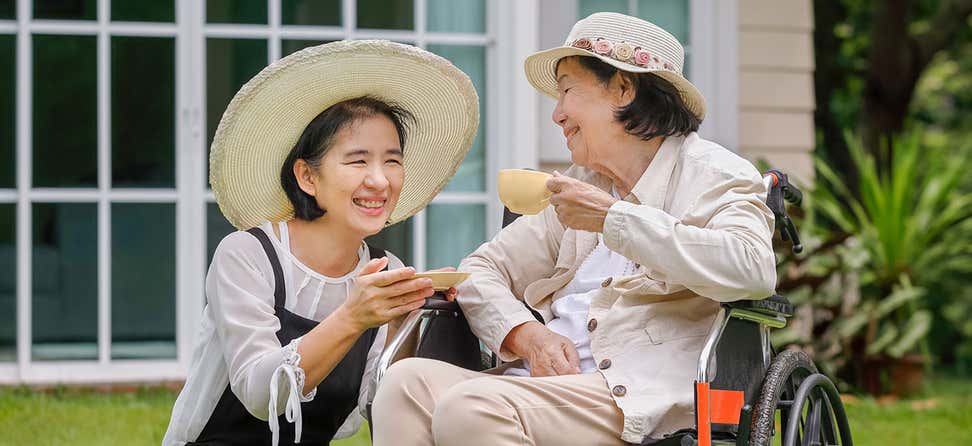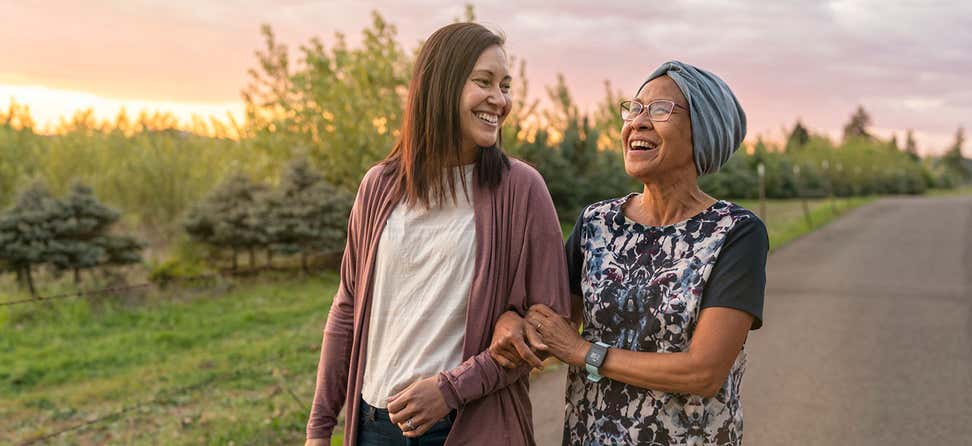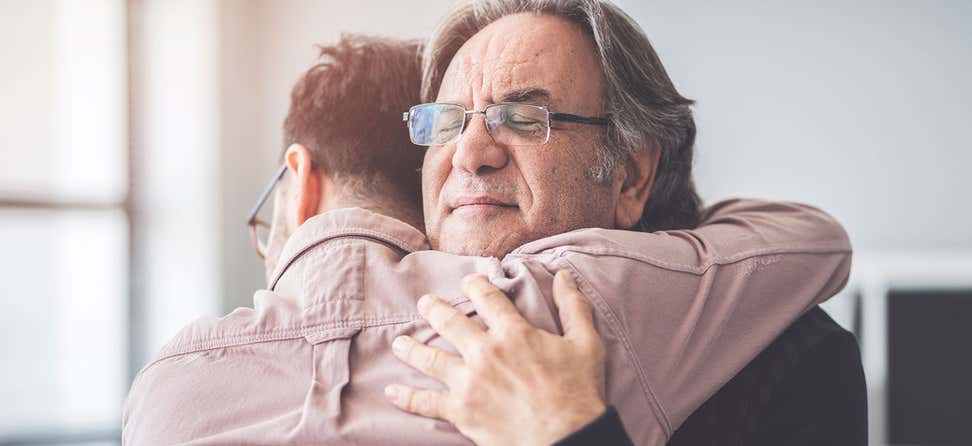Key Takeaways
It’s estimated that 75% of Hispanic/Latinx caregivers are Latina, and likely to be in their early to mid-40s.
An increasing 27% of Millennial family caregivers are Hispanic/Latinx, and more than half are people of color.
The pandemic has laid bare the invisible work of caregivers, which is often coupled with extreme stress, fatigue, and burnout.
My mother recently celebrated her 69th birthday. When looking into flower arrangements to send her across the miles, a moment of wishful thinking took me back to something she once said in the middle of coordinating the caregiving needs of my grandmother (her mother) nearly two decades ago. I picked an arrangement entitled “A Bundle of Moments.”
Caregiving takes many forms and in honor of Hispanic Heritage Month, I take a moment to honor Hispanic/Latinx caregivers by sharing my own experience as part of a caregiving team in a multigenerational, Mexican-American household similar to millions of others today.
I grew up in the border community of El Paso, TX, where so many of us provide caregiving duties for aging parents, relatives, or family members without ever identifying as a caregiver. It is within the spirit of my own Tejana (Mexican-American Texan, born and raised in the U.S.) upbringing to possess a sense of duty to care for and honor my elders. We honor our elders through storytelling, nurturing them at all costs, and sacrificing one’s own needs without question because this is what we do. Hispanic culture often prioritizes caregiving through a patriarchal lens with the expectation that it is female family members who are first-in-line to provide direct care to aging parents.
My experience as a caregiver at 15 years old was something that I will cherish forever. It was one filled with love and kindness, confusion, and sacrifice—years spent watching my mother lean into the central caregiving role so deeply that her love and appreciation for her own mother overpowered any real opportunity for rest and renewal. I remember noticing that she never showed her frustration, guilt, or worry externally. I can only imagine all that she felt.
I remember the weekly conversations we held at the dinner table regarding “shifts” in caring for my grandmother. Together—me and my Mama—we balanced it all. We balanced care for my younger sister always involved in art, sports, and music; my mother’s full-time job; my high school extracurriculars, SAT prep, and what seemed like a million other things. I came home on my lunch hour to catch the latest telenovela episode with my grandma while she ate the meal I prepared each day.
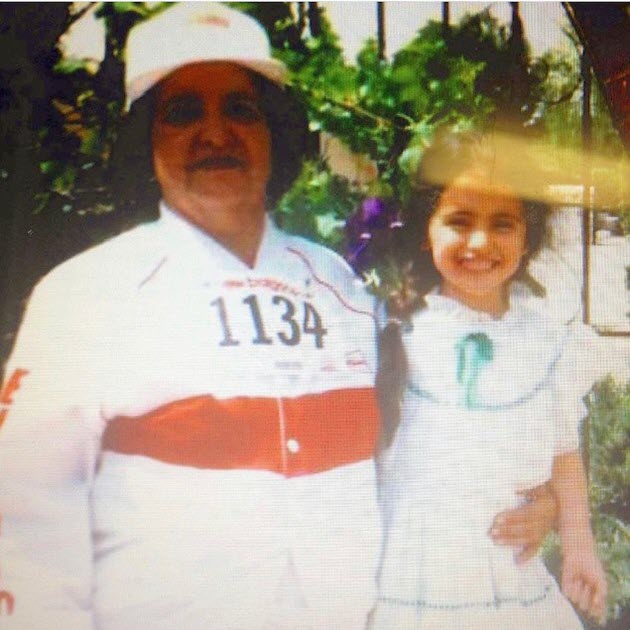
Today, when I walk into my mother’s kitchen, I still hear the faint sounds of Spanish network television in the background, my high school self talking to my grandmother about an upcoming test, and the routine of finishing our lunches then taking her to the bathroom as she leaned on me for balance. She had Type 2 diabetes and suffered a stroke that left her paralyzed on one side of her body for the last seven years of her life. But true to ancestry, her spirit of resiliency and “glass half full” mentality guided us all. We were a team—the caregivers and the care recipient. I would end our lunch hour by providing hygiene care, carefully placing her back in bed, resting, and listening to the soft sounds of Spanish ballads from another time.
“Eres la gema que Dios convirtiera en mujer para bien de mi vida
Por eso quise cantar y gritar que te quiero mujer consentida
Por eso elevo mi voz bendiciendo tu nombre y pidiéndote amor…”
My mother would arrive later after an entire day of work and take over for the second shift. The next day, and the next, we did it all again. In a mixture of love and kindness, courage, and care, the tapestry of culture and dedication to our elders. We knew no other way.
The Hispanic/Latinx Community & Caregiving
It is estimated that 75% of Hispanic/Latinx caregivers are Latina, and likely to be in their early to mid-40s. Partners like the National Hispanic Council on Aging (NHCOA) and others have done significant work around identifying and developing training programs around the needs of specifically Hispanic/Latinx caregivers from a place of acknowledging the complexities of the role itself.
NHCOA states that “Understanding the challenges and needs of Hispanic caregivers goes beyond the traditional approach as “caring for [Hispanic/Latinx] elders is considered an honor and a role that family members perform willingly.” In other words, exploring the reality of caring for a loved one among Latino communities requires being aware of the culture, beliefs and traditions that determine the relationship between the caregiver and the recipient.”
In 2019, NCOA partnered with Francisco Ronquillo, a community and public health advocate working with the University of New Mexico on a webinar series to learn more about providing services to Hispanic/Latinx older adults, and the differences in cultural norms, language, and communication styles impacting their physical, emotional, and spiritual beliefs.
The Pandemic Changed It All
The pandemic has laid bare the invisible work of caregivers, which is often coupled with extreme stress, fatigue, and burnout. The challenges of caregiving have historically been sandwiched between balancing career, the needs of children, an aging parent or family member, and the overwhelming financial constraints that exacerbate the experience—leaving little to no room for rest or mental health needs of the caregiver. Coupled with those challenges are the pervasive inequities of “waitlists” for elderly and disabled Americans waiting for home caregivers.
NCOA strongly believes that home care is the preferred option for the vast majority of Americans since it keeps families together, is safer and less expensive, and provides a better quality of life. The pandemic exposed the dangers of institutionalization and the need to improve access to home care. In addition, home care workers have been underpaid and undervalued for far too long, creating serious turnover and access problems. Almost half of these workers have incomes below 200% of poverty, nearly 88% are women, 62% are people of color, and a third are over age 55.
The Better Care Better Jobs Act (S. 1844/H.R. 4131) would be a historic improvement that will help an estimated 3.2 million Americans obtain the home care they need, while strengthening the economy by creating over 1.6 million new jobs. NCOA urges you to educate your member of Congress on why the need to support and fully fund the Better Care Better Jobs Act.
It’s Time to Care
Partners like Caring Across Generations have long championed the issues of caregivers and the need to not only acknowledge the longstanding supports needed to maintain and uplift the care infrastructure, but opportunities to advocate for policies and programs that create long-lasting systemic change. With the pandemic as proof that #CareCantWait, the direct care workforce caring for our nation’s older adults and adults with disabilities—mainly made of Hispanic/Latinx immigrant and U.S.-born individuals from Mexican or Caribbean decent—is nothing short of essential.
Conversations about caregiving, its complexities, and the cultural differences in caregivers must be talked about not only during Hispanic Heritage Month, but year-round, ensuring we realize that there is no one-size-fits-all set of solutions. There are culturally responsive opportunities to center marginalized populations, and we must act on them collectively.
Hispanic/Latinx Millennials and Caregiving: The Next Generation
There are close to 10 million Americans between the ages of 18 and 34 currently caring for an older relative or loved one. An increasing 27% of Millennial family caregivers are Hispanic/Latinx, and more than half of Millennial caregivers are now people of color.
Balancing the complex experiences of adolescence and early adulthood for young Latinx caregivers is an essential part of cultural justice. The Diverse Elders Coalition found that caregiving duties in a Latinx, multigenerational household take a toll on the physical and emotional health of those providing care.
Those moments spent caring for my grandmother in our home. Moments of emotional struggle; moments of guilt, joy, despair, and loss. Moments savoring the “good days,” moments of music, dancing in the kitchen with my grandma smiling softly. Moments as a young caregiver gave me a deeper understanding of the power of culture, gender dynamics, and workplace policies that can make or break an entire family. I honor Latinx caregivers and cherish my own “bundle of moments.”
This Hispanic Heritage Month, we must focus on a collective narrative of care for caregivers and the direct care workforce—the power of storytelling in advocating for equitable aging for all.
In memory of Angelina R. Corral, 1923-2007



